Happily for Frieze Masters (4–7 October), the centenary of the passing of the women’s suffrage act in the UK chimes with one of the most dominant art market trends just now: a reassessment of female artists. So London’s prestigious art fair devoted to older art takes the lead from its coinciding contemporary event and fields a distinctly female-friendly seventh edition. The theme stemmed from Frieze magazine, according to Nathan Clements-Gillespie, deputy director of Frieze Masters, and has spilled significantly into the fair. This year’s programme of talks may be organised by a man (Tim Marlow, artistic director of the Royal Academy of Arts) but he has invited only women to participate. Top of the agenda is a discussion on 5 October about the role of contemporary art in historical museums between three power players: Ann Demeester, director of the Frans Hals Museum, Anne Pasternak, director of the Brooklyn Museum, and Deborah Swallow, director of the Courtauld Institute.
Women are also celebrated by some of the 135 exhibitors. London-based Dickinson gallery offers visitors a booth-sized version of Barbara Hepworth’s sculpture garden at Tate St Ives, centred around her bronze River Form. Hepworth made three editions and an artist’s proof of this work, the latter still in the garden at St Ives, in 1973. Emma Ward, Dickinson’s managing director, describes each edition as ‘individualised’ – the one she is bringing to the fair, which has been in the same private collection for more than 30 years, has crisper edges than the version in the New Orleans Museum of Art, for example, and they all have different patinas.
Hepworth’s reappraisal hasn’t only been hindered by men, Ward notes. She is famously eclipsed by Henry Moore (his auction record stands at £24.7m, hers at £4.2m), but her prices are also dwarfed by Louise Bourgeois, whose record was set at $28.2m in New York in 2015. ‘Hepworth deserves a recalibration in line with her contemporaries,’ Ward says.
Hepworth may be undervalued, but she is well known, particularly in her native UK. Lesser-known female artists also get their due at the fair including, at New York gallery Luhring Augustine, the Indian-born, American artist Zarina, whose delicate, structured works explore her identity as a woman and an exile. This year’s Spotlight section, dedicated to 26 solo presentations by under-the-radar artists, includes a group of around a dozen compelling photographs made by the German artist Annegret Soltau, brought by London dealership Richard Saltoun (£3,000–£100,000). Soltau’s work ‘isn’t necessarily easy’, says the gallery’s director of sales Niamh Coghlan, referring to the artist’s self-portraits in pregnancy from the 1970s and ’80s that are punctured, threaded and sewn to reflect the fear that motherhood might jeopardise her role as an artist. ‘I am using myself as a model because I can go the farthest with me,’ the artist said in 1978.
![Schwanger [Pregnant], Annegret Soltau](http://www.apollo-magazine.com/wp-content/uploads/2018/09/ANS_1978_Schwanger-Pregnant_ANS064_hi-res.jpg?resize=730%2C1196)
Schwanger [Pregnant] (1978), Annegret Soltau. Richard Saltoun (up to £100,000); © the artist
Reappraisal isn’t just about women. In Spotlight, ‘There’s almost gender parity,’ notes Clements-Gillespie. But the artist who tips the balance in favour of the men also blurs the boundaries, namely the French erotic, surreal photographer Pierre Molinier. His photographs and montages are often cross-dressing self-portraits, which come to the fair through Paris-based Christophe Gaillard and Galerie 1900–2000 (up to €65,000).
Boundaries are blurred in other ways at this year’s Frieze Masters. At Hauser & Wirth, the intersection of art and literature is explored in a three-part presentation based on the taste of the English poet Stephen Spender (1909–95) and his circle. Spender – who lived a double life as a family man and a homosexual – mixed with artists including Lucian Freud, Francis Bacon, Henry Moore and David Hockney, and was Frank Auerbach’s first collector, according to an accompanying book that the gallery published ahead of the fair. The booth includes works that Spender owned, some of which still belong to the family and so are not for sale, as well as portraits of him such as a 1934 drawing by Moore (price on application) and a 1940 oil by Freud (not for sale). ‘There’s no art fair closer to Spender’s north-west London world than Frieze Masters,’ notes Neil Wenman, senior director at Hauser & Wirth.
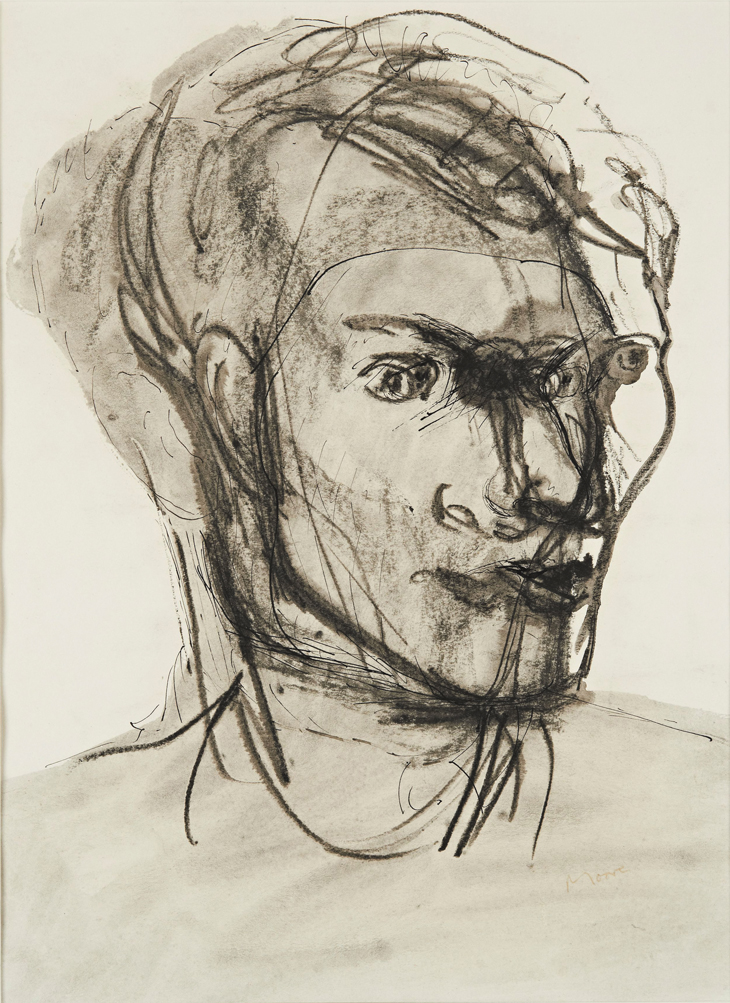
Portrait of Stephen Spender (1934), Henry Moore. Hauser & Wirth (price on application). Photo: Dominic Brown Photography; © courtesy the Henry Moore Foundation and Hauser & Wirth; © The Henry Moore Foundation. All Rights reserved, DACS/www.henry-moore.org 2018
Galleria Continua looks at where art meets music through a booth of works from the late 1980s onwards by the Russian artists Ilya and Emilia Kabakov, London favourites since their first major UK museum show ran at Tate Modern until the beginning of this year. Continua’s stand has a Tate-like installation in the middle that Emilia, who trained as a classical musician, describes as ‘an empty museum’ ($500,000). Visitors listen to Bach through headphones and look at a blank, spotlit wall. ‘They’ll need to use their imagination,’ Emilia says.
Frieze Masters’ historic and revisionist focus draws some of the youngest minds. This year, artist Adam Pendleton (b. 1984) pulls together a booth of systematic artists including Sol LeWitt, Robert Ryman and Lee Ufan for Pace Gallery (which has a coinciding Pendleton show in its London space during Frieze). ‘These are artists you normally see at a fair, but not necessarily examined and framed in this way,’ Pendleton says.
Despite the dominance of the 20th century, Frieze has attracted new and returning specialists of older art to its Masters fair. These include Francesca Galloway, who returns to offer a fine group of about 50 Pahari works, mostly paintings, from the late 16th to the early 19th century, from the collection of Ludwig Habighorst (£10,000–£400,000). There are some unusual subjects among them, including Gods and mortals enjoying bhang, a form of edible cannabis.
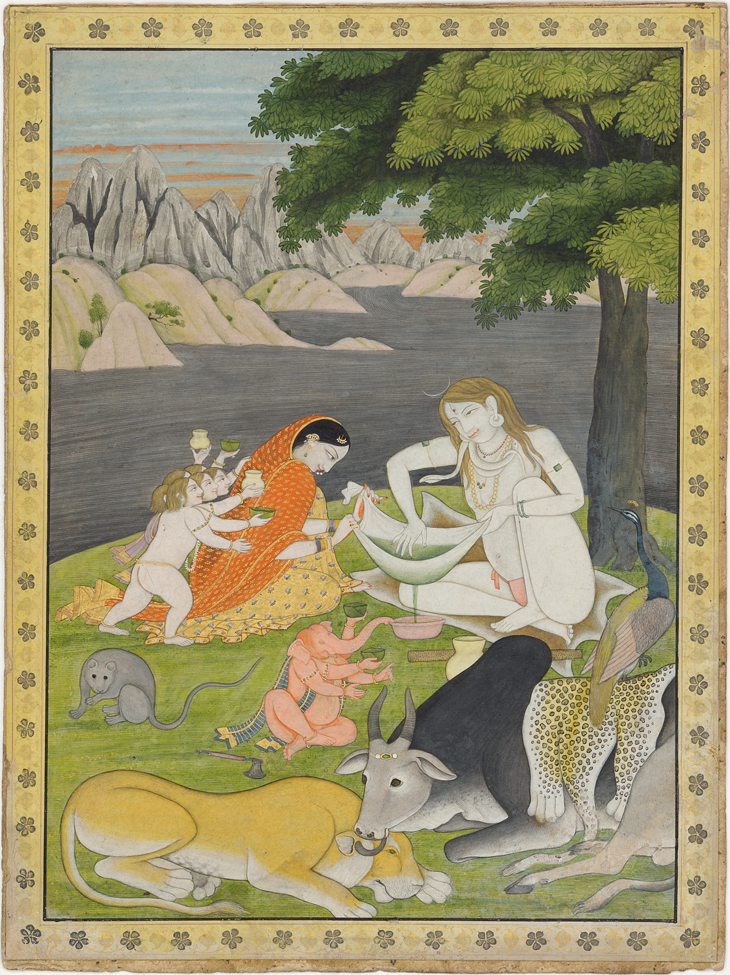
Holy family preparing bhang (1790), India, Guler. Francesca Galloway (up to £400,000)
Older Asian art also comes through fair newcomer Gisèle Croës whose wares range from scholar’s rocks and Han dynasty hairpins to an inscribed bronze gu from the late Shang dynasty (c. 1300–1046 BC), once in the prized collection of the second Lord Cunliffe (around $1m). Frieze’s old-timers bring out the big guns, too: coinciding with the UK’s first exhibition dedicated to Jusepe de Ribera at Dulwich Picture Gallery, Colnaghi offers the Spanish artist’s unforgiving Aesop (c. 1630; around €500,000). ‘It’s rewarding that such stand-out dealers want to boost their presence at Frieze Masters,’ Clements-Gillespie says, adding, ‘I’m personally very excited about this year’s fair.’
Frieze Masters takes place in Regent’s Park, London, from 4–7 October.
From the October 2018 issue of Apollo. Preview and subscribe here.
Unlimited access from just $16 every 3 months
Subscribe to get unlimited and exclusive access to the top art stories, interviews and exhibition reviews.

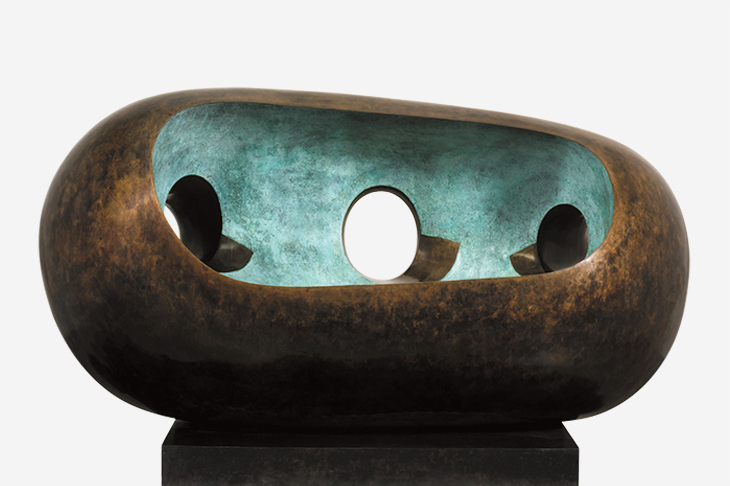

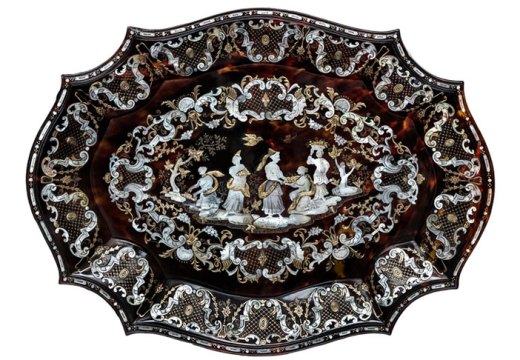
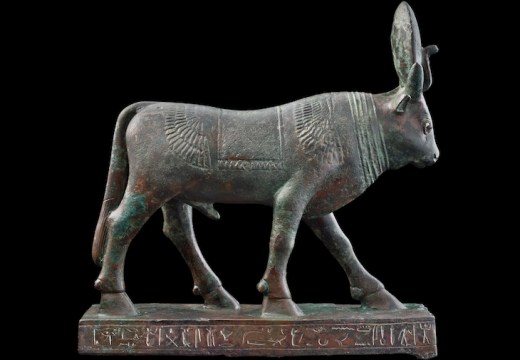









![Masterpiece [Re]discovery 2022. Photo: Ben Fisher Photography, courtesy of Masterpiece London](http://www.apollo-magazine.com/wp-content/uploads/2022/07/MPL2022_4263.jpg)
It’s time for the government of London to return to its rightful home